What are documentation tools?
Software documentation refers to written documents that describe how end-users, administrators, and developers use, operate, customize, or build software products. Documentation can take many forms – for example, quick start guides, online articles with detailed tutorials, printed manuals with step-by-step guidelines, code walkthroughs or FAQ pages.
Documentation tools simplify writing, managing, and delivering documentation to its end users. They typically provide a user interface for authoring documentation, the ability to share and enable collaboration on documents, and mechanisms for generating documentation pages for the intended audience of the documentation.
We’ll describe the key features of documentation tools, and cover 8 tools you must evaluate for your documentation efforts in 2023.
This is part of an extensive series of guides about DevOps.
Why are Documentation Tools Important?
Documentation tools play a pivotal role in the software development process. They are the crucial link that connects developers, project managers, testers, and end-users, ensuring that everyone is on the same page regarding the software’s design, functionality, and usage.
One of the primary reasons why documentation tools are essential is that they promote clarity and understanding. By providing a platform for creating detailed and comprehensive documents, these tools ensure that all aspects of the software are thoroughly explained. This reduces confusion and ambiguity, leading to improved productivity and efficiency in the development process.
Documentation tools also foster collaboration and teamwork. With features like real-time editing and comments, these tools enable team members to work together on the same document, share their ideas, and provide feedback. This not only speeds up the documentation process but also enhances the quality of the final output.
Some advanced documentation tools go even further by integrating into the continuous integration and continuous delivery (CI/CD) pipeline, and helping to automate documentation processes, making it easier to create and update documentation in fast-paced agile development projects.
Key Features of Software Documentation Tools
Rich Text Editing
One of the fundamental features of software documentation tools is rich text editing. This feature allows you to format your text in various ways to enhance readability and emphasis. You can bold or italicize words, create bulleted or numbered lists, insert hyperlinks, add tables, and more. This helps create professional-looking documents that are easy to read and understand.
Version Control
Version control helps teams manage different versions of a document. Every time someone makes changes to a document, a new version is created. Team members can easily switch between different versions, compare them, and even revert to a previous version if needed. This feature is particularly useful when working on large documents or collaborating with a team.
Collaboration and Review
Collaboration and review allow multiple users to work on the same document simultaneously. You can see who is working on what part of the document, leave comments, suggest changes, and more. This fosters teamwork, speeds up the documentation process, and improves the overall quality of the document.
Templates and Customization
Documentation tools also provide templates and customization options. Templates are pre-designed layouts that you can use to quickly create new documents. They save you time and effort by taking care of the basic formatting for you. On the other hand, customization options let you adjust the look and feel of your documents to match your specific needs and preferences.
Code and Syntax Highlighting
Code and syntax highlighting is a must-have feature for code documentation projects. This feature automatically highlights the syntax of the code snippets you include in your documentation, making them easier to read and understand. Some tools even offer the option to customize the color scheme of the syntax highlighting to suit your preferences.
Code Documentation Generators
A documentation generator is a tool that programmatically generates technical documentation. Most commonly, auto-generated documentation is used for application programming interfaces (APIs). A generator can create documentation from source code and other files, including binaries.
Internal vs. external documentation
Internal documentation is information written and used within an organization. It can include user documentation for internal staff working with a product, or technical documentation aimed at developers.
Technical documentation for developers can include high level documentation describing architecture and design, or detailed documentation of system functions, which could be inline code comments or documents that walk through various aspects of the code. Teams typically create this documentation to share a project’s design and implementation, including flow charts, design documents, and UML diagrams.
External documentation is the information that people outside your team can access and contribute, usually posted online or in a help portal accessible to end users. External documentation is typically focused on end user goals and covers specific software functionality, with less detail about internal design.
Top internal documentation tools
1. Swimm

Swimm integrates Continuous Documentation into your development workflow, so your code documentation is always up to date. It is designed specifically for software engineering teams.
Key features include:
- Automatic documentation generation
- Automatic synchronization of documents as the code changes
- Code coupled documents stored as Markdown (.md) within the codebase
- Powerful editing for software engineers, which makes it easy to embed elements from the code within the documents
- Easy access and discovery from the IDE
Swimm integrates with popular developer tools including GitHub, Visual Studio Code, and JetBrains IDEs.
2. Notion
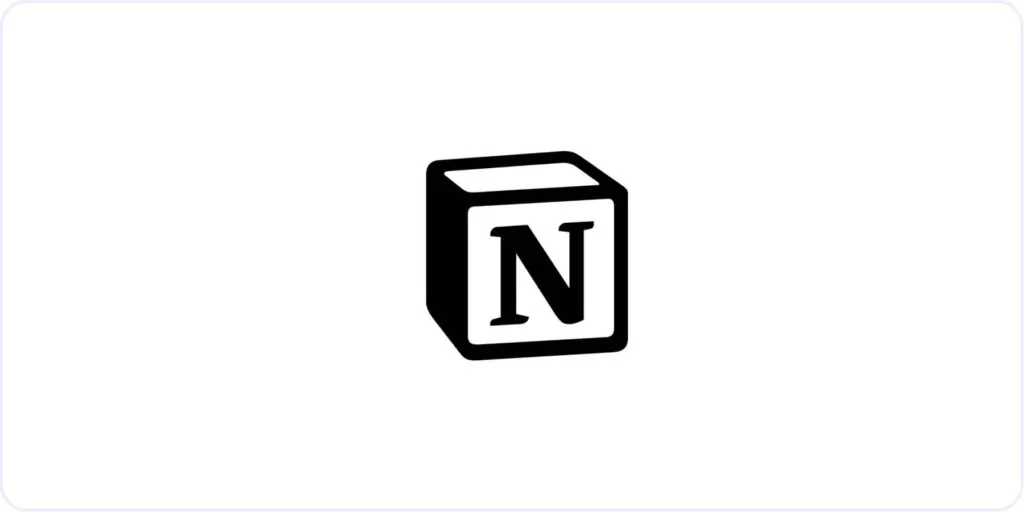
Notion is a flexible collaboration platform that provides a workspace where teams can customize pages, databases, and tables to suit unique requirements. It lets you lay out information creatively, giving your team full control of the documentation’s display. Notion is suitable for organizations that want to use a single documentation tool but have multiple teams with varying needs. It also offers free personal plans.
Notion is known for its flexibility, which can also be a downside because it might not be as intuitive as a simple tool. However, creating static pages with text, embedded features, images, and tables, should be easy. Another drawback of Notion is that it does not include analytics capabilities.
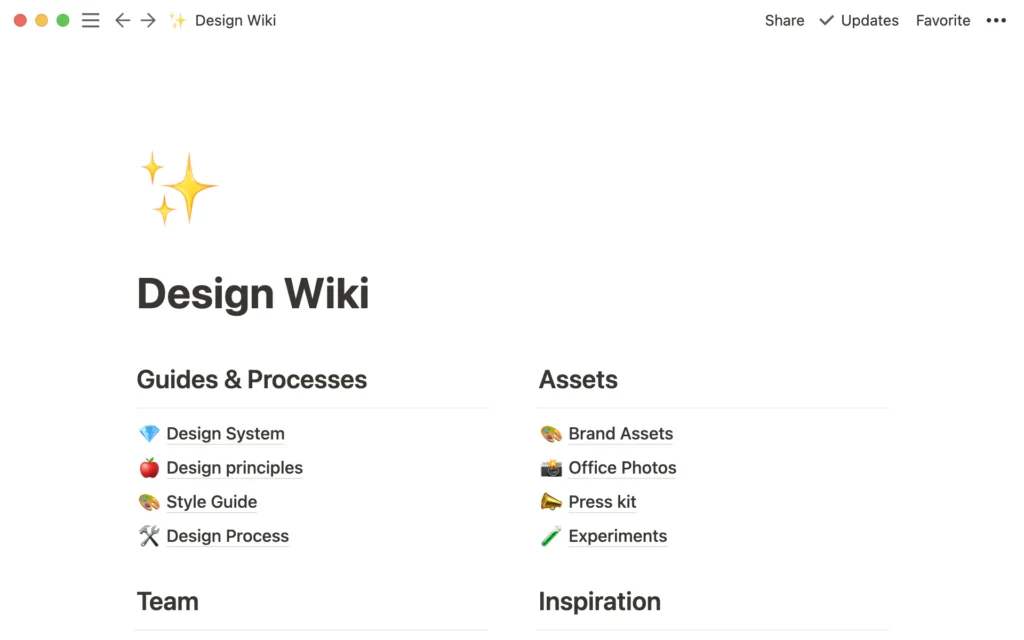
Source: Notion
3. Confluence

Confluence is an enterprise-grade documentation tool from Atlassian and is a convenient option for teams already using Jira or Trello. Confluence allows you to easily build and organize teams, promote collaboration between employees, and maintain documentation from any location. It is free for up to ten users.
Confluence emphasizes collaboration and simplifies communication within the platform. Users can comment, tag each other, share updates, and provide instant feedback to ensure all documentation is accurate and up-to-date. Confluence also offers built-in templates to make it easier to set up and implement documentation processes.
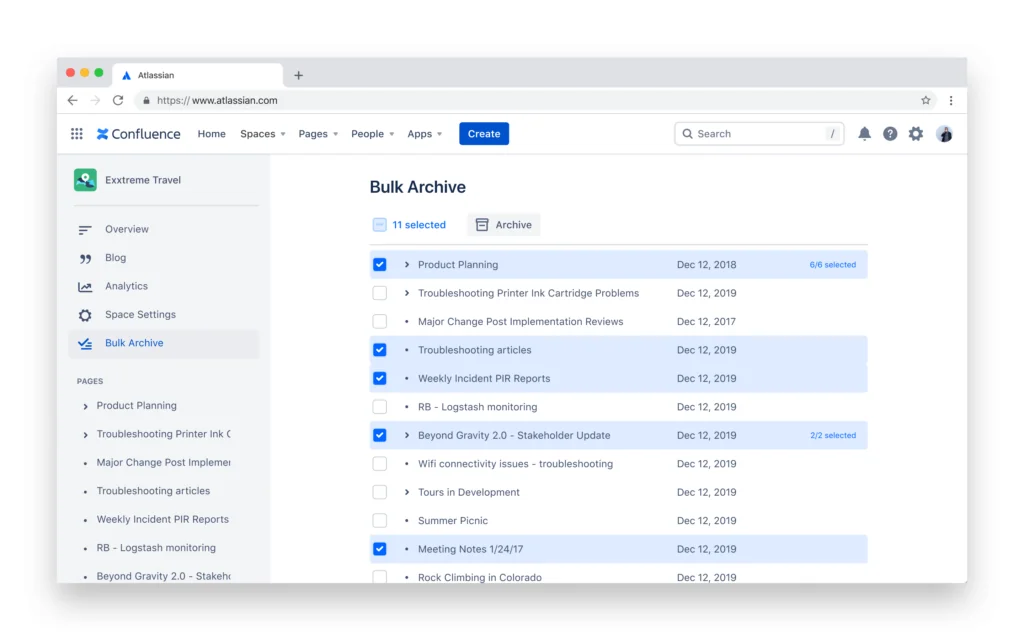
Source: Atlassian
4. Nuclino

Nuclino is useful for organizing each team’s information into a dedicated workspace. It allows you to create software documentation for customers and employees in public and private workspaces. Nuclino also offers features to make content more engaging, such as images, videos, tasks, embeds, and code blocks. You can use Markdown or the WYSIWYG editor to create content.
Nuclino enables real-time collaboration—team members can see changes as they write, eliminating the risk of conflict between versions. You can link to other pages in your knowledge base by typing @. You can organize items using workspaces and clusters. It has a commercial license with free and paid options.
Nuclino’s search bar lets you find relevant information, while graphs and boards help to visualize and organize content to help teams work intuitively. It integrates with many applications, including Google Drive, Slack, and Dropbox.
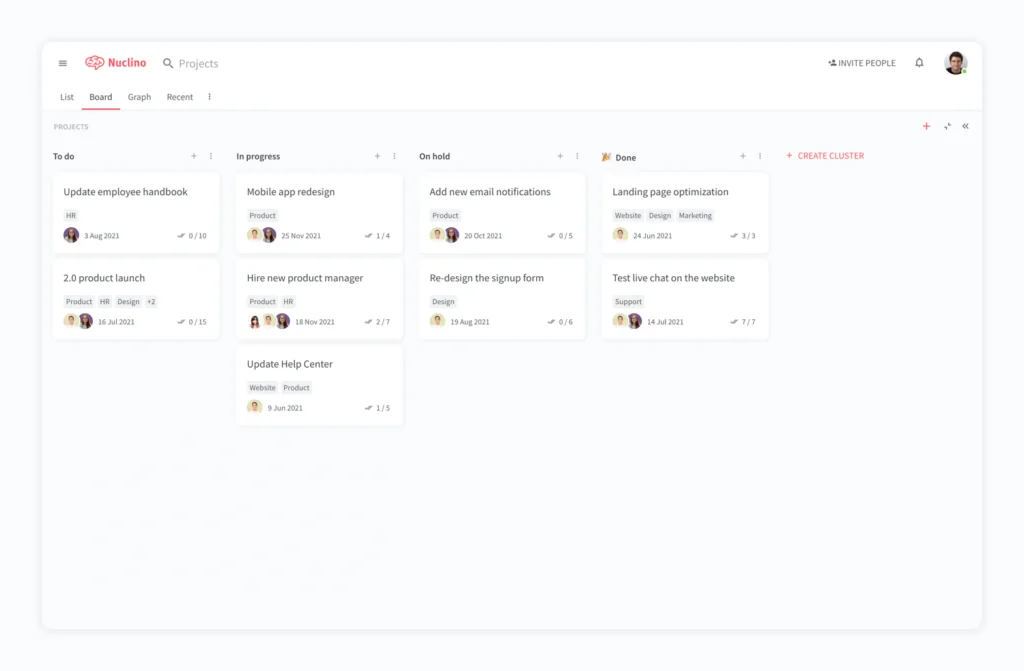
Source: Nuclino
Top External Documentation Tools
5. Document360
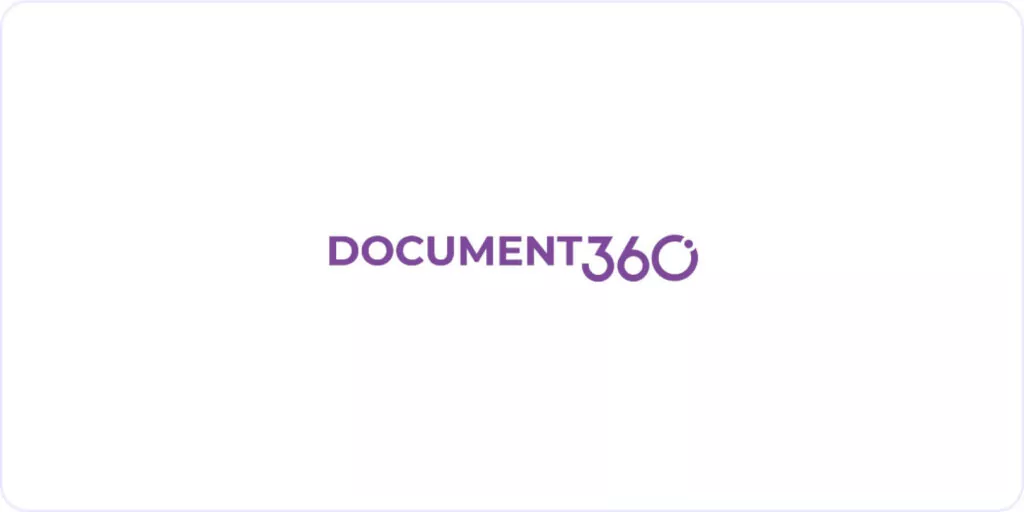
Document360 enables you to design a privately or publicly accessible knowledge base for customers and employees. It provides a portal for reviewers and editors and a website for employees and customers to access the knowledge base. It has a commercial license with free and paid options.
Document360 is useful for various applications, such as product help articles, FAQs, online user guides, and technical documentation. Its advanced portal includes a content editor, category manager, and document analytics. Knowledge base sites help businesses create knowledge bases with custom branding and domains.
Document360 provides a Knowledge Base Assistant that you can use on a SaaS website. You send real-time insights into resolved or incoming customer support tickets with 24/7 support. It facilitates many API integrations—users can integrate third-party services such as chatbots, help desks, and language translation tools into the knowledge base.
You can use the REST API to integrate Document360 into your business software—this API can write and read content directly from the knowledge base.
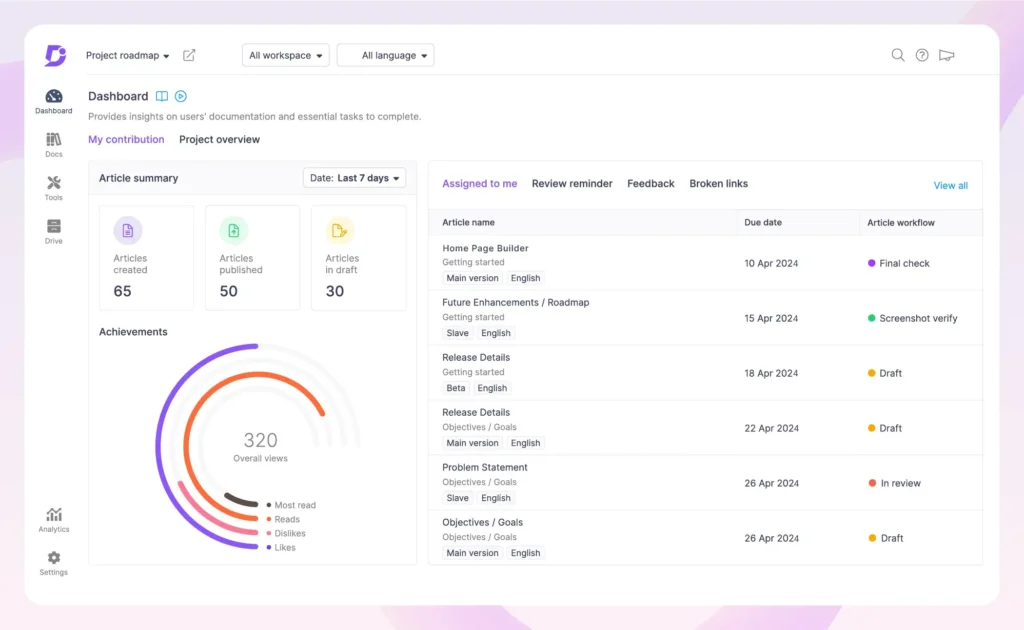
Source: Document360
6. GitBook

GitBook is a documentation tool for software teams that need to create private or public documentation. It is partly open source (with an Apache 2.0 license) with free and paid options. GitBook lets you synchronize your documentation with a GitLab or GitHub repository containing markdown files. However, this is a separate repository from the user’s code, so making sure the documents are up-to-date is still done manually.
However, you don’t have to use Git to use GitBook. You can also use the intuitive editor to create content or import content from other sources like Word and Markdown files. You can use unique knowledge bases called “spaces” and categories called “collections” to organize your content.
Other important GitBook features include version control, real-time collaboration, co-editing, rich embeds, and simple PDF exports.
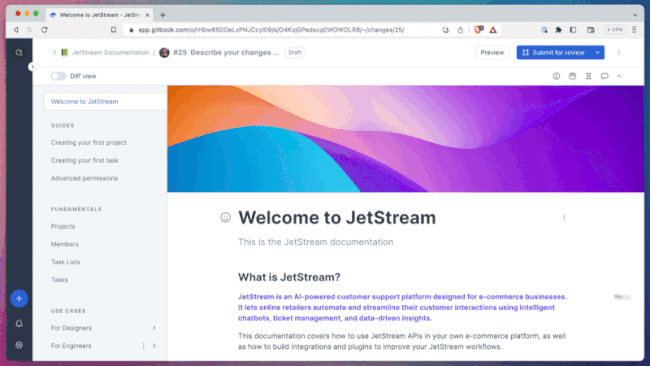
Source: GitBook
7. Read the Docs
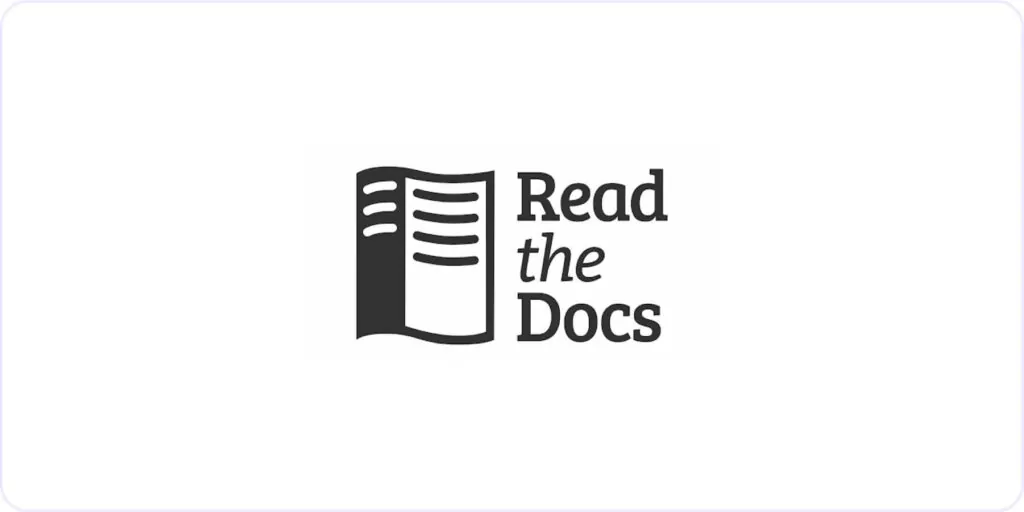
Read the Docs is a technical documentation tool designed specifically for software companies. You can manage content and version control with Git and easily deploy the documents to an easy-to-use front-end interface. This tool is only really useful for technical writers, given the focus on writing technical documentation.
Read the Docs is available in two versions: Open Source and Business (free and paid options). Depending on your edition, you may have access to different features.
It lets you analyze what your visitors search for and read, view real-time suggestions, and manage multiple builds simultaneously (e.g., production and test versions). Read the Docs also lets you easily export to epub, PDF, or HTML. It supports SSO via Google Workspace or a VCS provider like GitHub, Bitbucket, or GitLab.
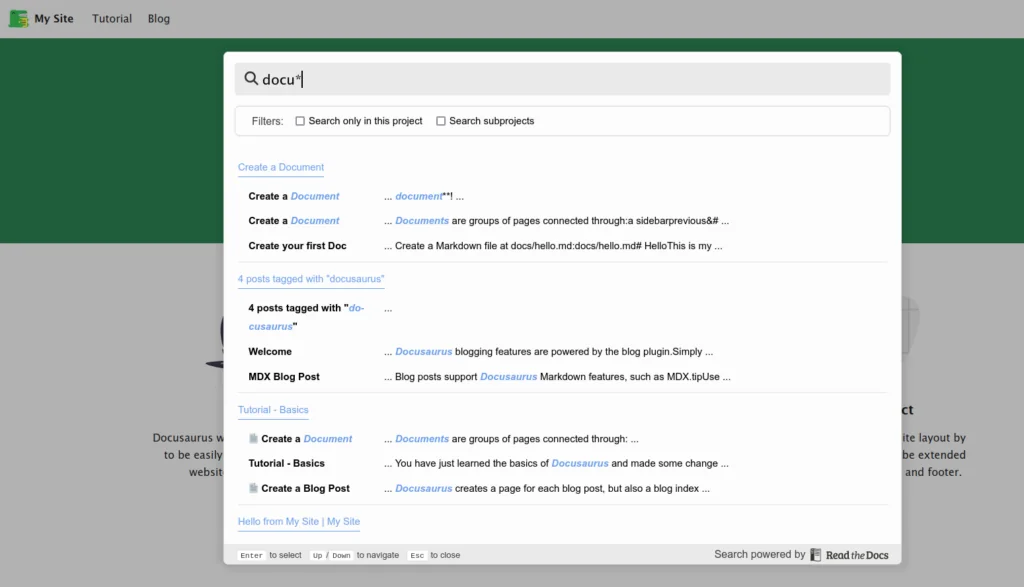
Source: Read the Docs
8. Docusaurus

Docusaurus is a popular open source documentation tool that supports various businesses. It offers features such as translation into more than 70 languages to help you reach more users.
It provides a document search function to let users easily find information. Its document versioning feature allows you to rename existing versions or create new document versions. Docusaurus uses Markdown, which makes it easy to create and edit content.
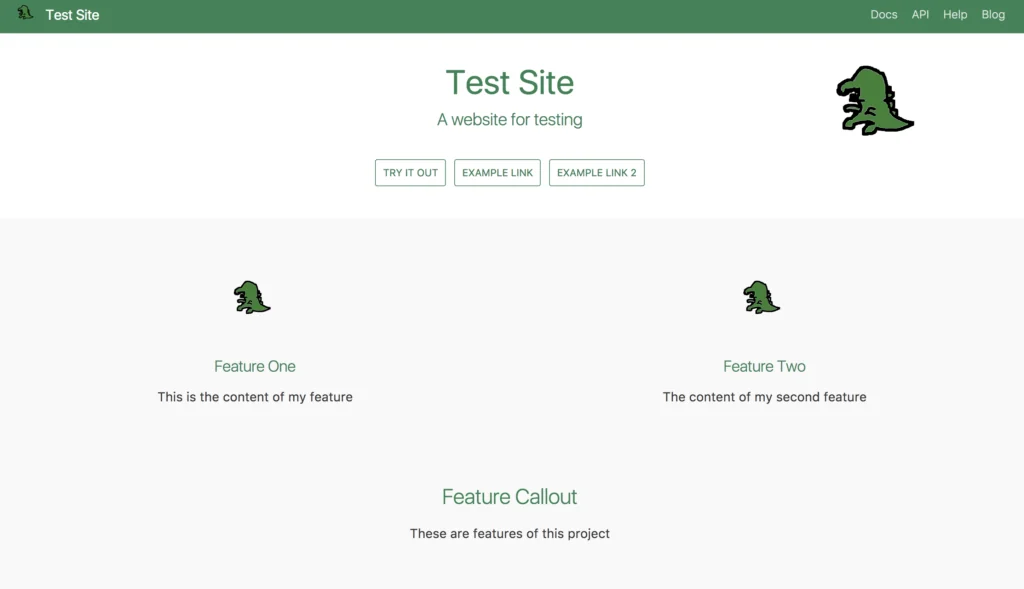
Source: Docusaurus
A new approach to code documentation with Swimm
If you’re looking for a documentation solution for a software organization, focused on helping your team manage and transfer knowledge about your code, you should take Swimm into consideration.
Swimm has a unique (patented) algorithm that keeps code documentation up to date as the code changes. It also links with IDEs (including VS Code and JetBrains) to make documents easy to find, next to code that they relate to.
Swimm documents are saved as .md files (Markdown) within the codebase, so they are versioned and reviewed on git along with the code.
See Additional Guides on Key DevOps Topics
Together with our content partners, we have authored in-depth guides on several other topics that can also be useful as you explore the world of DevOps.
Kubernetes Cost Optimization
Authored by Finout
- [Guide] Kubernetes Cost Optimization: 4 Cost Factors & 6 Cost Cutting Tips
- [Guide] Kubernetes Pricing: The True Cost of K8s & 5 Ways to Reduce It
- [Blog] Kubernetes health checks
- [Product] Finout | Enterprise-Grade FinOps Platform
Application Mapping
Authored by Faddom
- [Guide] Application Dependency Mapping: The Complete Guide
- [Guide] What Is the Active Directory Migration Tool (ADMT)?
- [Product] Faddom | Instant Application Dependency Mapping Tool
Configuration Management
Authored by Configu